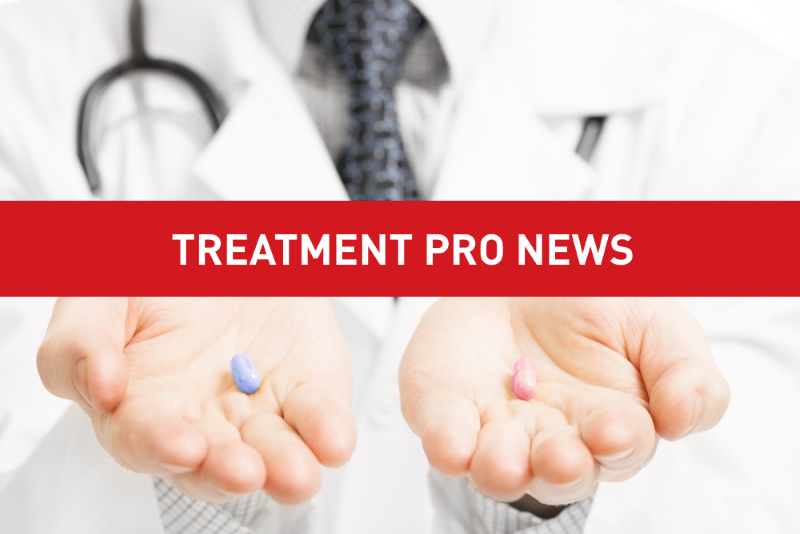
The American Society of Addiction Medicine (ASAM) has released its National Practice Guideline for the Use of Medications in the Treatment of Addiction Involving Opioid Use. The National Practice Guideline is designed to educate clinicians in how to properly prescribe pharmacotherapies to patients with addiction related to opioid use. It addresses knowledge gaps about the benefits of treatment medications and their role in recovery. The other goal is to guide physicians in an understanding of the evidence-based coverage standards by payers.
In light of the current opioid epidemic the United States is currently experiencing, the National Practice Guideline is a timely resource. According to the National Institute on Drug Abuse (NIDA), 467,000 Americans are in the grips of heroin opioid addiction disease. Even more telling, 2.1 million Americans live with pain-reliever opioid addiction disease, and the numbers only continue to grow. The overall societal costs of opioid misuse is estimated to be more than $55 billion per year.
ASAM President, Dr. Jeffrey Goldsmith, described the present challenge, “Opioid addiction is a chronic, life-threatening disease with significant medical, emotional, criminal justice, and societal costs. This guideline is the first to address all the available medications to treat opioid addiction. It will help save lives.”
ASAM worked with Treatment Research Institute (TRI) to develop the Practice Guideline using the RAND/UCLA Appropriateness Method, a consensus process that combines scientific evidence with clinical knowledge. A Guideline Committee, made up of experts from multiple disciplines, participated in the consensus process. Together, they helped to develop and write the National Practice Guideline.
As chair of the Guideline Committee and TRI’s principal investigator, Dr. Kyle Kampman explained, “The Practice Guideline is the most current document of its kind combining review of existing guidelines, current literature and a systematic process for developing practice recommendations.”
Medications are both clinical and cost-effective interventions. While the effectiveness of medications has been researched and documented, their utilization is low and coverage varies dramatically. Less than 30% of treatment programs offer medications and less than half of eligible patients in those programs receive medications.
“The Practice Guideline is an invaluable document for the addiction medicine field. It will assure a more uniform delivery of quality patient care. We are making a copy of the full guideline available now but are planning publication and a summary article for the Journal of Addiction Medicine and the release of derivative products and educational activities later this summer and fall”, explained Dr. Margaret Jarvis, chair of the Quality Improvement Council, ASAM’s guideline oversight committee. “We want the Practice Guideline to be widely used and accepted.”